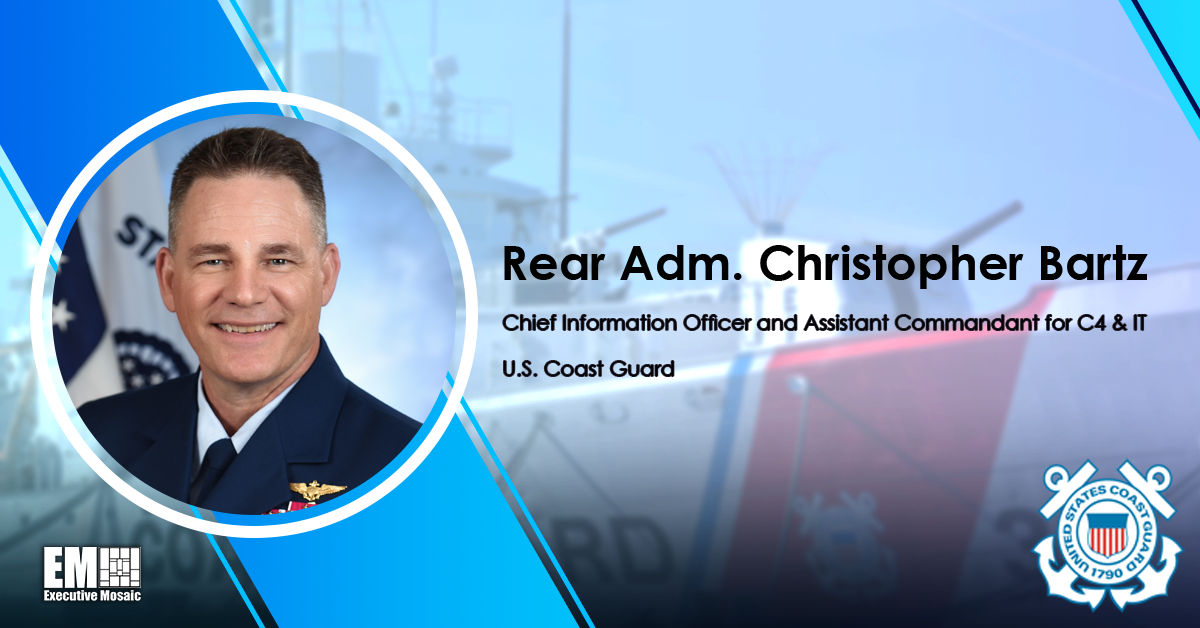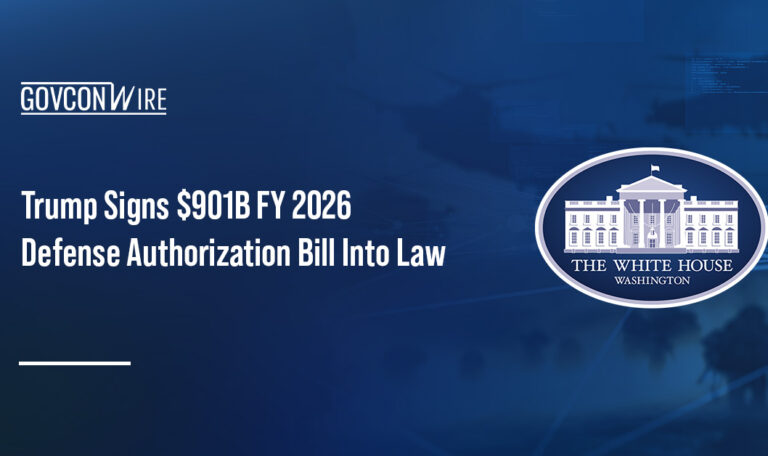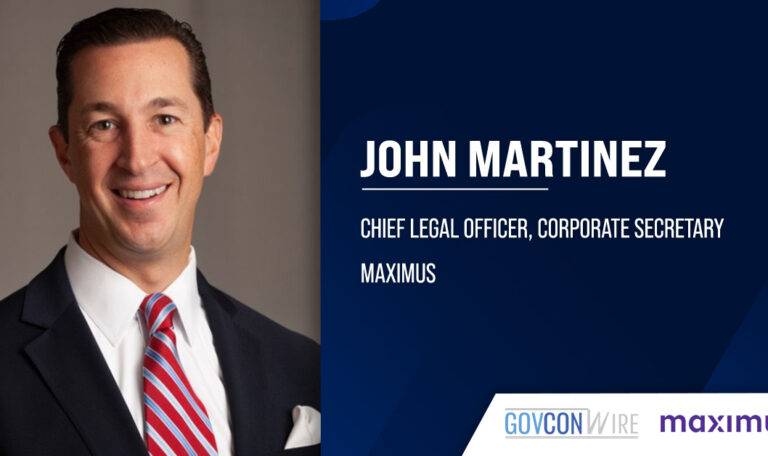The U.S. Coast Guard has a new cyber strategy for modernizing its sizable fleet to ensure mission success, according to Rear Adm. Christopher Bartz.
Bartz, who serves as chief information officer of USCG, emphasized the organization’s strong commitment to bolstering its information technology capabilities through a wide range of initiatives during his keynote address at GovCon Wire’s Second Annual IT Modernization and Transformation Forum.
“The Coast Guard has a lot of authorities that we can use very specifically for national security and maritime governance in general. And it makes it a very challenging situation from an IT standpoint to have to accommodate all of those missions,” Bartz stated during his keynote address.
To advance IT across Coast Guard missions, which primarily surround law enforcement, the regulation of vessels and the assurance of navigational safety across marine resources within U.S. waters, the plan targets three different areas.
The first two points of focus are enterprise mission protection and operation and aiding the industry with maritime transportation. The third portion of the plan takes a wider look at IT advancement and considers the Coast Guard’s overall presence in cyberspace, which Bartz aims to expand.
Laying the foundation for cyber advancements, the organization established a cyber major at its academy and created a new enlisted rating used to designate its members as career cyber professionals. The branch also added a new chief data officer position to its IT team.
“I think that it is an important point to bring out that the Coast Guard is committed to its cyber workforce,” Bartz stated.
As CIO, the rear admiral has allotted a significant portion of the Coast Guard’s budget to advancing IT within the organization. Recently, the Coast Guard purchased cloud space and a new data analytics platform while also looking into operationalizing DevSecOps.
Bartz highlighted the organization’s urgency in moving to the cloud. With its current use of disconnected shadow IT programs already in the cloud, the Coast Guard is looking at new ways to push necessary programs into that space for a more integrated network across the branch.
“I think that’s an area that I really need to strengthen. We have a lot of systems that are usually independent, so it’s really hard to share information,” emphasized Bartz.
According to Bartz, the integration initiative is taking strides within the organization, which is currently looking at applications reaching end of life as prime candidates for the cloud. Small applications expected to be developed under new requirements are also contenders.
There have already been major success stories as a result of IT modernization within the Coast Guard. In an achievement shared by the CIO, an artificial intelligence algorithm from MIT Lincoln Labs was used within the National Geospatial-Intelligence Agency viewer, which enabled the organization to increase the violation rate of vessels boarded from roughly 20 percent to over 90 percent when targeting in District One.
Bartz is also looking toward the adoption of zero trust architecture and considering what needs to be done in reaching these recently mandated standards.
Reiterating his drive to propel the Coast Guard towards a modernized cloud environment, the executive highlighted the benefits of moving to that space in terms of analytics, stability, cybersecurity and latency.
“I think we’re on the cusp of really taking that giant leap forward to try to get there,” emphasized Bartz.
To hear the rear admiral’s full address and register for future events, visit GovCon Wire’s events page.

GovCon Wire will be hosting the Military Services Intelligence: Plans and Priorities Forum in-person on Dece. 14. The event will bring together intelligence experts to discuss how U.S. military capabilities will be shaped by modernization strategies, acquisition reforms and intelligence innovations.
Register now to attend the event!
















